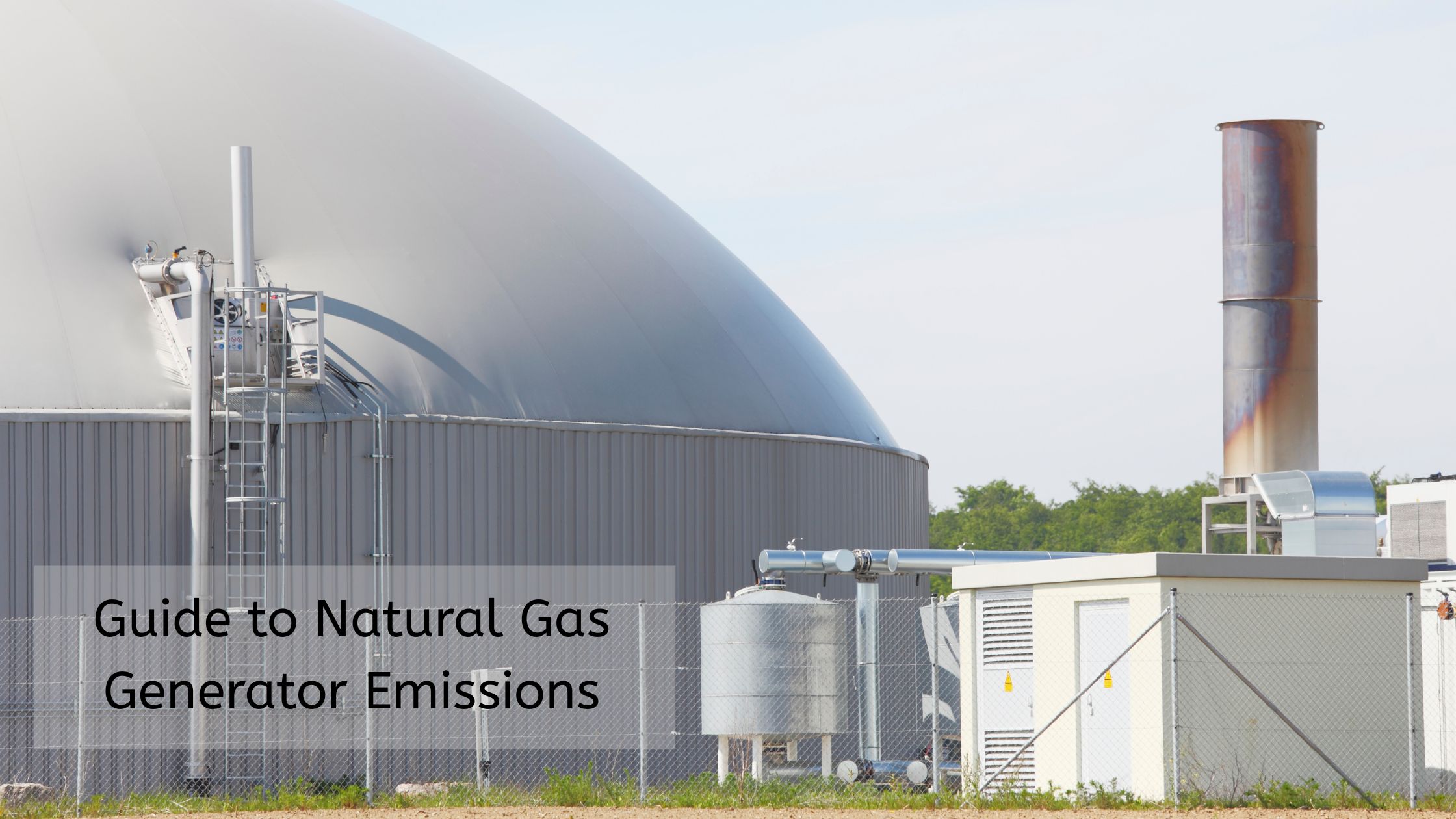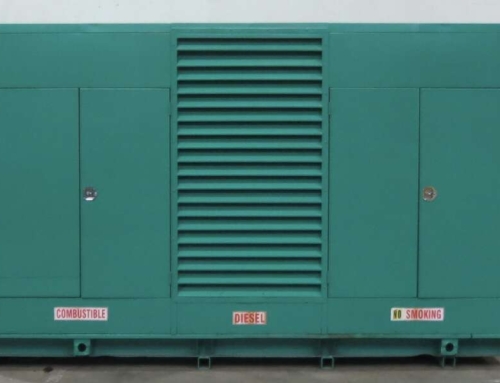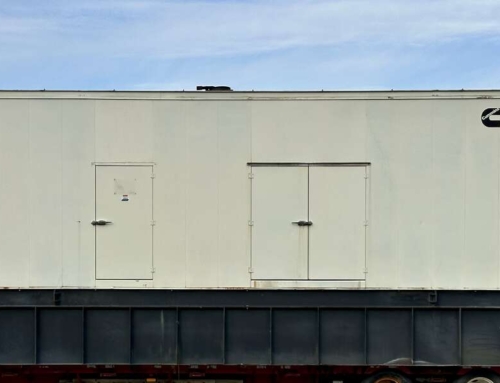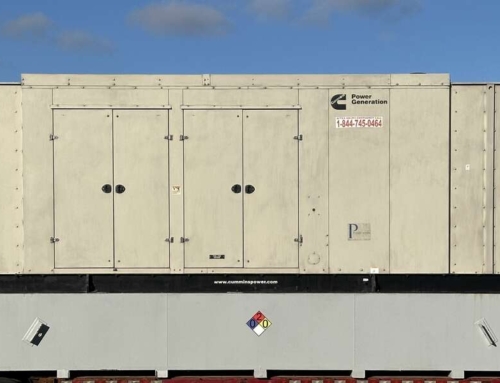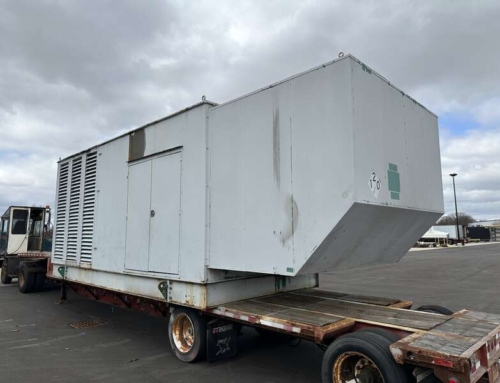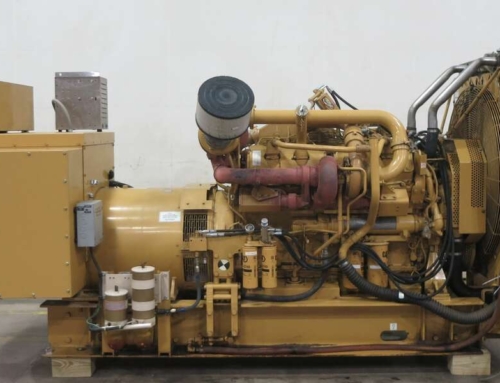Natural gas generators’ emissions include carbon monoxide (CO), carbon dioxide (CO2), and nitrogen oxides (NOx) which are regulated by the EPA. Natural gas produces cleaner emissions compared to fossil fuels releasing few pollutants and greenhouse gases. The emissions are governed by standards that are based on the manufacturing date and the generator’s horsepower.
In this blog, let’s discuss the key emissions and regulations and discuss the factors why natural gas generators are considered environment-friendly.
Table of contents
- Emissions and regulations
- Why natural gas generators are considered as environment-friendly
- FAQs
Emissions and regulations
- Nitrogen Oxides (NOx): Nitrogen Oxides include nitrogen oxide (NO) and nitrogen dioxide (NO2) which both contribute to acid rain and air pollution.
- Carbon Monoxide (CO): Carbonmoxoide is an odorless, colorless, and toxic gas.
- Carbon Dioxide (CO2): It is a major greenhouse gas.
- Volatile Organic Compounds (VOCs): A large category of organic compounds which are released into the atmosphere.
- Particulate Matter (PM): These are solid or liquid particles in the air.
EPA Regulations: Natural gas generators follow 40 CFR Part 60 Subpart JJJJ which frames standards for operators and owners. These standards are based on the manufacturing date, horsepower, and other requirements for future generators.
Why natural gas is considered environment-friendly
Low C02 emissions: When compared to diesel or coal, natural gas produces less CO2 per unit of energy.
Clean Burning: Natural gas releases fewer pollutants than fossil fuels and greenhouse gases.
Reduced particulate Matter: Natural gas generators release low PM into the atmosphere compared to other generators.
Pairing with Hybrid systems: Natural gas generators when paired with renewable energy reduce carbon emissions.
Best Practices
- Right size generator: Selecting the right size generator is important as undersized will not meet the needs and an oversized one will consume more fuel.
- Service and maintenance: Regular servicing and maintenance are important to ensure effective operations and emissions.
- High-quality Fuel: Making use of high-quality fuel is important as clean-burning natural gas or LPG will further reduce emissions.
- Check for leaks: Regularly inspect gas lines to prevent leaks.
- Ensure battery health: Make Sure the battery is properly charged to start the generator
- Regular Operation: Running regularly helps to maintain the generator’s condition and assists in load tests.
- Cleaning: Make sure the generator is clean by removing debris, dust, and grime for consistent performance.
Planning to eliminate emissions in your natural gas generator, contact our expert today.
CS diesel generators provide new and used generators from all prominent brands suitable for all industry types. You can buy or sell your used generator at a competitive price. Our experts will guide you to choose the right generator based on your business requirements.
To learn how to optimize the use of natural gas generators and reduce emissions, click here.
FAQs about Natural Gas Generator Emissions
What are the emissions in natural gas generators?
Natural gas generators’ emissions include carbon monoxide (CO), carbon dioxide (CO2), and nitrogen oxides (NOx) which are regulated by the EPA.
What is EPA regulation for natural gas generators?
Natural gas generators follow 40 CFR Part 60 Subpart JJJJ which frames standards for operators and owners. These standards are based on the manufacturing date, horsepower, and other requirements for future generators.

